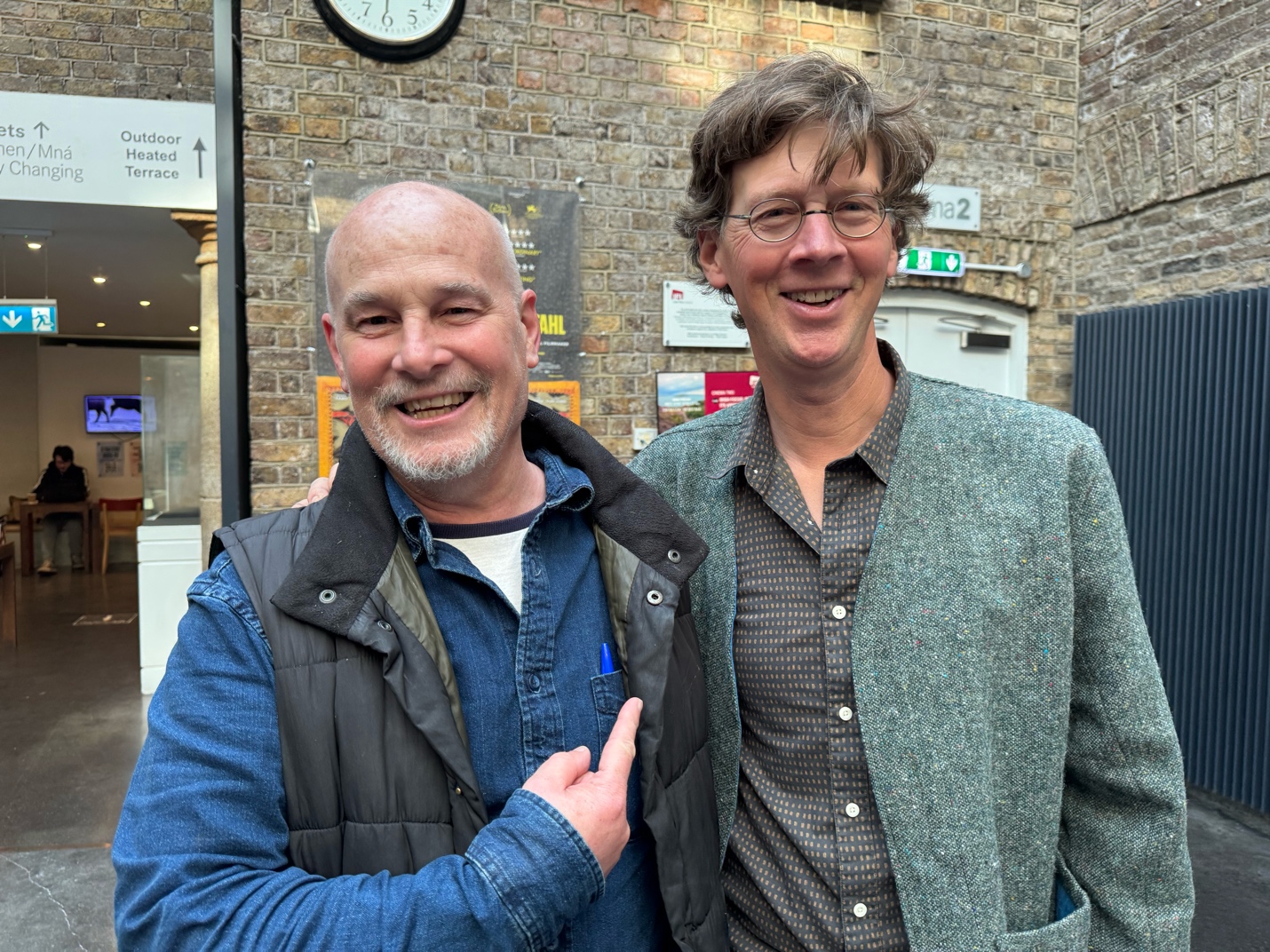
Manchán Magan (on right) with Colm Ó Snodaigh of Kíla at the IFI premiere of “Ireland and Its Aromatic Heritage.”
Manchán Magan
(20 August 1970 – 2 October 2025)
By Gayil Nalls
Sign up for our monthly newsletter!
Our dear friend Manchán Magan — Irish author, traveler, broadcaster, and documentarian — passed away in Dublin on October 2nd, far too soon, at the age of 55.
Manchán was a luminous voice for Ireland, a storyteller who carried the language of the land in his bones and shared it with a rare grace and generosity. Through his writing, films, and unwavering advocacy for the Irish language and culture, he inspired people around the world to listen more deeply to place, to history, and to the living Earth.
We were profoundly honored to have his beautiful, resonant voice narrating his contribution to our film Ireland and Its Aromatic Heritage. He joined us for the documentary’s premiere at the Irish Film Institute, where he shared the stage in a roundtable discussion, offering insights that intertwined scent, landscape, and memory in a way only he could. That night, his words and presence filled the room with warmth, wisdom, and the lyrical cadence that defined his work.
Manchán leaves behind an extraordinary body of writing and films, but even more enduring is the spirit he awakened in those who encountered him. His passing is a great loss to Ireland’s cultural soul and to all who believe in the power of language, landscape, and story.
His most recent book, and a favorite of ours, is Listen to the Land Speak. Below is our interview with him from this past January, a conversation that captures his poetic way of understanding the Irish bog, its scents, and its stories.
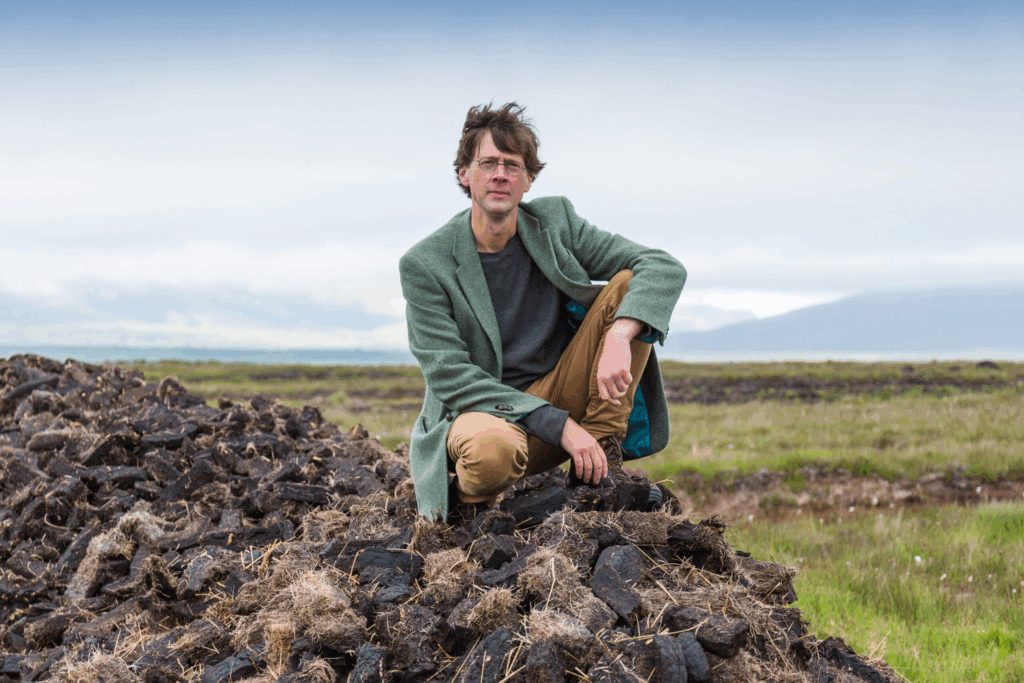
Manchán Magan’s Memories of the Bog
Author of Listen to the Land Speak
Ireland’s peatlands have long been woven into the fabric of its cultural identity — places of myth, memory, and deep ecological significance. Few people capture this connection as vividly as Manchán Magan, a writer, broadcaster, and documentarian whose work explores the landscapes, language, and heritage of Ireland.
In this conversation on January 29, 2025, Magan reflects on his earliest memories of the bog, the role of peatlands in shaping Irish identity, and the complex, often-overlooked scents that define these landscapes.
(Interview by Gayil Nalls, PhD — Founder of the World Sensorium Conservancy and Editor of Plantings.)
Ireland’s peatlands have long been woven into the fabric of its cultural identity—places of myth, memory, and deep ecological significance. Few people capture this connection as vividly as Manchán Magan, a writer, broadcaster, and documentarian whose work explores the landscapes, language, and heritage of Ireland. In this conversation on January 29, 2025, Magan reflects on his earliest memories of the bog, the role of peatlands in shaping Irish identity, and the complex, often-overlooked scents that define these landscapes.
Gayil Nalls: Your work explores the deep cultural and historical ties between the Irish people and the land. Can you describe your earliest or most profound memory of a peat bog?
Manchán Magan: I was brought up in Donnybrook in Dublin, a leafy suburb in the heart of the city. But my father’s family was from Killashee, County Longford, right on the edge of a massive bog, near a large peat-powered electricity generation station at Lainesborough. Our greatest game as children was bog jumping. There were vast industrial bogs all around us—lunar landscapes drained by enormous ditches, where each year, massive rolling machines would shave off the top layer and transport it to the power station for burning.
It was one of the most inefficient ways of producing electricity, but the turf was seen as a free resource, they never considered its ecological value. At the time, they didn’t recognize peatlands as biodiversity hotspots or vital ecosystems, so they were happy to exploit them for human use. Interestingly, we only began using large-scale peat harvesting technology after World War I, when tank traction systems allowed heavy machinery to operate on the bog’s soft surface.
Anyway, as a youth, when I visited my uncle and cousins in Killashee, County Longford, we would go bog jumping—running along the long, flat banks of peat moss and leaping over the deep drainage ditches. The bog was so springy that it gave us a light, almost weightless feeling as we jumped. That’s my first memory of a bog.
There were also more traditional, community-used bogs—the midland raised bogs, where locals had been cutting turf for generations. My uncle’s family originally cut the turf by hand using a sleán, but by the time I was old enough to participate, we were using a tractor or a hopper. After cutting the sods, we’d have to stack and turn them to dry before bringing them home. There was a clear distinction between the industrial bogs and the small-scale, traditional bogs used by local farmers.
How do you see the role of peatlands in shaping Irish identity, both in the past and today?
They were this vast eerie expanse that people knew had these bog holes in them, some manmade from people digging turf for different reasons long ago, but also just natural holes in the surface that were capable of swallowing a person whole. You never knew how deep an untamed bog was. They were very unpredictable and dangerous, so people kept well away from them. You only went when you were doing nefarious deeds, when you wanted to bury something, or run away and hide. So there was all sorts of mythology and legends around those bogs. There were places of darkness, places of desolation, and we only started exploiting them really in the 17th, 18th, and 19th centuries when we realized we had cut all the forests down. In need of new fuel, we soon realized that if the peat was cut into sods and left to dry in a warm summer, it could be burned. That marked a major shift in our relationship with peatlands.
Your writing beautifully conveys the sensory richness of Ireland. Could you describe the scent of a bog in a way that evokes its deeper meaning for you?
There is something utterly unique about the scent of a bog, and it is released every time you take a step. There’s a hint of smokiness and homeliness that is released that is warm and inviting. It’s almost the scent of memory itself and of ancient decay. But this decay isn’t happening anymore– it’s preserved, fossilized. The scent of a bog is the fragrance of long-lost forests, ancient lake beds, and swallowed woodlands, their organic matter halted in time, no longer rotting, just suspended in an eternal state.
“The smell of the bog encapsulates both life and death. It holds the traces of all the flora that once flourished.”
The smell of the bog encapsulates both life and death. It holds the traces of all the flora that once flourished. It’s the smell of that decay, but also the smell of all that’s encoded – the smell of all the life, all the creativity, all the flourishing of the leaves, of the reeds, of the grasses that had taken over that patch of land before the water. The rains had come and dampened it to an extent that the plants were swallowed up in the moisture and began to rot, and then that was all dried out in its particularly musty, dry, homely smell.
And then, of course, most Irish people know the scent of a bog from the fire—burning peat has an incredibly sweet, cocooning aroma, devoid of the acrid harshness of coal or wood smoke. It’s warm, comforting, and familiar. At least, that is the case in a good drying year. There’s nothing worse than taking in sods in a year where the summer hasn’t been dry enough to dry them and trying to burn damp sods. When sods are damp and refuse to burn properly, the smell changes entirely—it’s a confused, musty smell, caught in an in-between state, neither earth nor fire. It’s sort of in stasis between all sorts of different forms and the smell is equally as confused and torrid.
“–burning peat hasan incredibly sweet, cocooning aroma, devoid of the acrid harshness of coal or wood smoke. It’s warm, comforting, and familiar.”
Have you ever had a scent-related experience that transported you to another time or place in your life?
I have. There’s a strong smell of the seaweed along the shore, particularly during the squelching. When you squelch your foot into wet, rotting seaweed, it releases all these complex smells of putrefaction, of rotting, and it’s the smell of my childhood. Again, it’s a slightly sweet smell, but a sickly-sweet smell and very complex, very tangy and intense, and almost claustrophobic. But still, when I smell that unmistakable scent today, it brings me right back to my childhood. It’s when your foot goes through the crisp outer layer of the seaweed that is keeping the smell away, and suddenly when it breaks, and cracks through that layer, the scent is released. You get that full and vivid sense of smell.
When it comes to the bog, the scent is not just the turf mold, the peat moss, and the sods, but it’s all those plants that are growing on the bog. Some of them don’t have a very strong smell like the fronds. Heather, even in its pale purple bloom Is a kind of muted wood-floral smell, but then other smells are very, very strong.
Bog Myrtle (Myrica gale), a plant that keeps insects away and was used in beer before hops—has a very musky resinous smell and grows on the bog. Nothing is as intense as the bog myrtle when you’re walking along the bog. Otherwise, I have smelt things like all the different varieties of bog mosses, the yew trees, and the strong pungent smells of the various carnivorous plants contributing their scents. What happens on a semi-dry bog when the juniper or the heather is in flower, and there’s a big rain when you’re standing on it–it’s an olfactory symphony.
Do you believe we have lost some of the ancestral knowledge about the sensory and medicinal properties of these plants?
Yes, I do.
Is there an aromatic plant you feel a deep connection to, either from your research or personal experience? What makes it meaningful to you?
I deeply love the smell of mountain thyme (Thymus polytrichus)—also called rock thyme. You’ll find it in The Burren, in County Clare, growing between the cracks and the gaps in the rocks. When you’re walking along the limestone pavements and your foot suddenly stands on one of these outcrops of thyme, you are instantly transported by an unexpected burst of fragrance. Originally a Mediterranean plant, it’s not to be found in the rest of Ireland, mostly because the land isn’t dry enough, and the winters aren’t mild enough. But The Burren’s unique ancient ecosystem has these species that were originally alpine and Mediterranean in origin, and they’ve been able to survive. I love that fact that as I’m walking The Burren, I suddenly get this shot of this Mediterranean thyme coming to my nose.
Plantings
Issue 53 – November 2025
Also in this issue:

Time, Layers, and Climate Futures: A Conversation with Dr. Gavin A. Schmidt
By Gayil Nalls
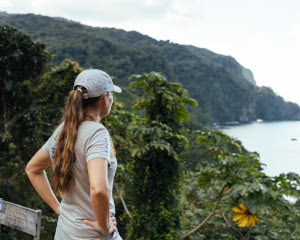
Nature’s Prescription for Our Future
By Dona Bertarelli
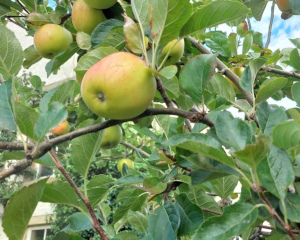
From Billion-Dollar Flows to Gooseberry Jam: Fraser Howie’s Voltairean Turn
By John Steele
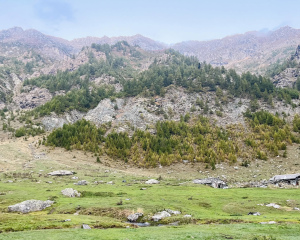
Scale Sensing: The Dance Between Geologic and Biological Time
By Willow Gatewood

Kneeling Down to Look Again – a Way Back to Earth
By Margherita Gandolfi

Eat More Plants Recipes:
Roasted Portobello Mushroom
By Gemma Monici
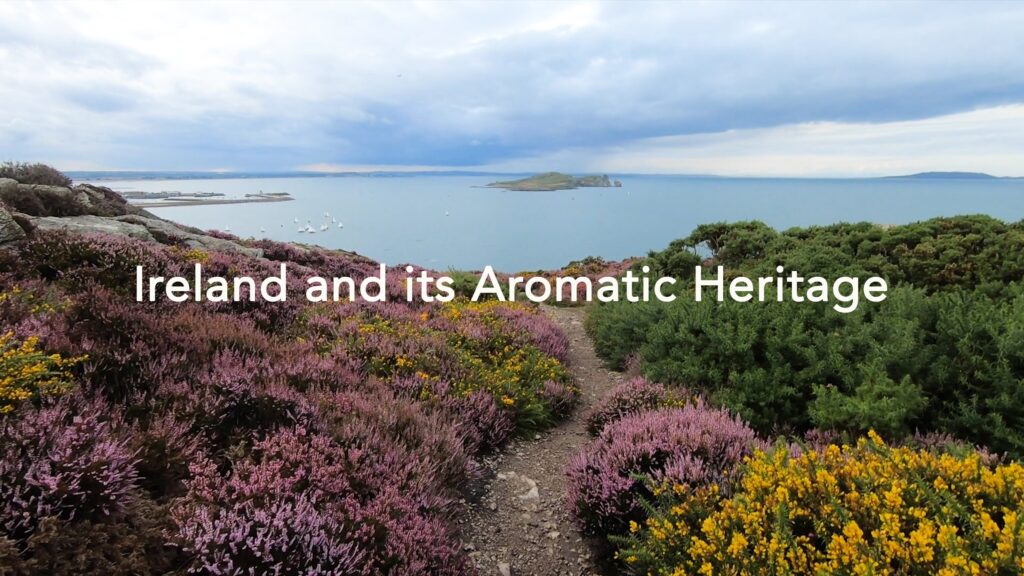
As Ireland transitions from the rich, smoky scent of peat-burning to a more sustainable future, its olfactory heritage is evolving. What will become the next iconic aromatic symbol of Ireland?
Click to watch the documentary trailer.

